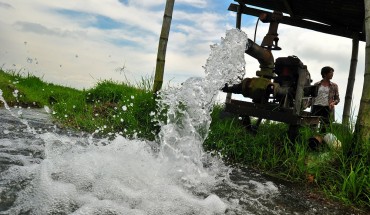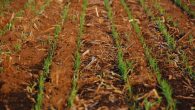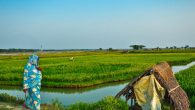High temperatures cause significant yield losses in major rice-growing areas of the world, posing a stiff challenge in meeting the demand for rice from a steadily increasing population. Given that global warming is expected to continue with more frequent heat episodes, adaptation of field-scale crop management...
TRENDING Topics
















